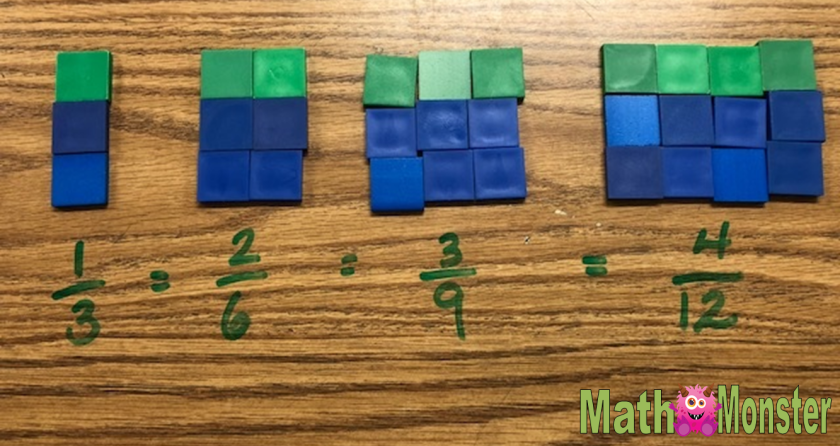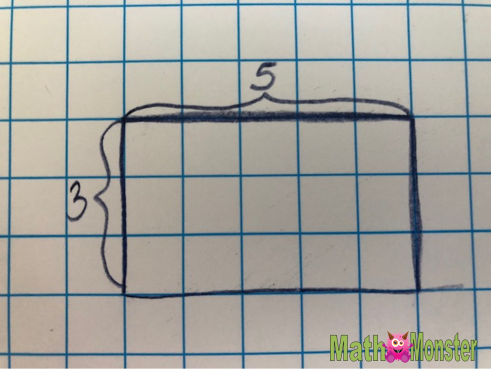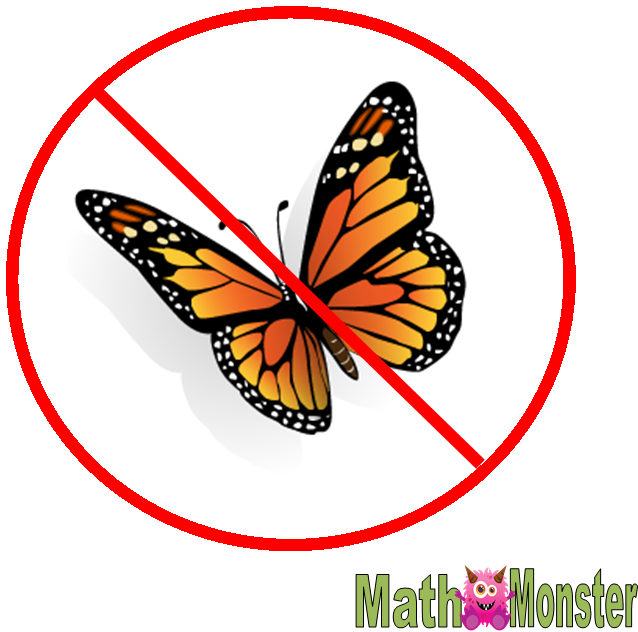I truly believe that the math shortcut or “trick” that annoys me the most is using a butterfly to compare fractions. It annoys me so much because teaching students the underlying conceptual knowledge for this trick is so simple. We should be teaching students the deep knowledge of math and not shortcuts and tricks that rob them of important mathematical understanding.
I was having a conversation with a fifth grade teacher about fractions and I asked her what she liked most about teaching fractions and what scared her about teaching fractions. She stated that teaching fraction computation was her worst nightmare and I told her that we would tackle that hurdle together. She then said something that surprised me. She said that her favorite thing to teach during the fraction unit was comparing and ordering fractions. When I asked her why, she said that the students loved butterfly math and they got it easily and rarely had any trouble with it. (Cue eye twitch)
I then asked her if she taught her students why the butterfly trick worked. She looked at me for a few moments and asked, “What do you mean?” At that point I figured that this was a trick that she had been taught but she never knew why it worked herself; therefore, she could not pass that knowledge on to her students.
After I asked a few more teachers about this, only two of the twelve teachers knew why the butterfly worked even though ten of them had taught it to students. It seems as if we all complain about student’s lack of number sense, but then we use procedures that further corrode the number sense that they do have.

I start teaching equivalent fractions using colored tiles. We make 1/3 by using 1 green and 2 blue tiles. We then add another identical row and discuss that 2/6 is still 1/3 because 1/3 rows are green. Students then make several more fractions that are equivalent to 1/3 by adding more rows. I then give them time to explore some other fractions and their equivalents.

When we start comparing fractions we make boxes on grid paper that are similar to the models of equivalent fractions we had been building. As students explore making fractions on grid paper they will make some generalizations and discoveries. Such as, we can use both denominators to create a box that can be used to represent both fractions. If we were going to compare 3/5 and 2/3 we would draw a box that was 5 blocks by 3 blocks.

We then make two of the same size box and shade in the two fractions. Students then have to discuss with their group how we can use this diagram to answer the question, which fraction is greater? It may take a while, but students will start to discover that you can count the number of shaded squares to compare the fractions. The box with the most shaded squares is the greater fraction.
Because our students are allowed to use grid paper on their assessments, I do not push them beyond this discovery. Some students will make more discoveries and generalizations on their own as they explore this concept. Some years students realize that the number of squares shaded in can be determined by cross multiplying, but some years it isn’t discussed.

Don’t skip the exploration and discovery in order to make a short cut. Math is discovery! Don’t cheat our students out of that process.




This is good food! Brain food for thought. Thanks! But I do admit. Ive never heard of the butterfly trick. Guess i didnt miss anything. Lol
LikeLike
It’s actually a very visual way of looking at fractions. You should make math as visual as possible.
LikeLike